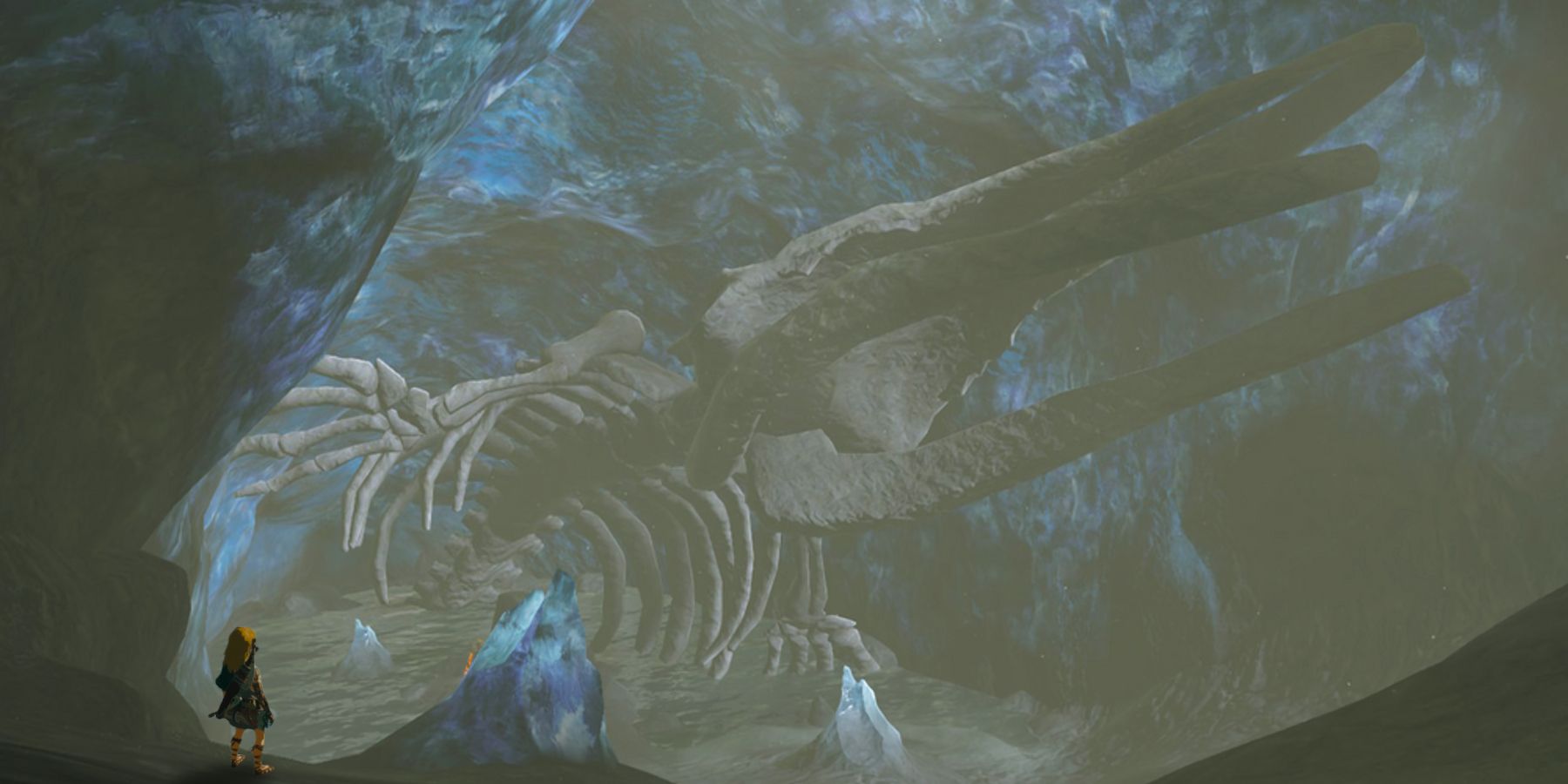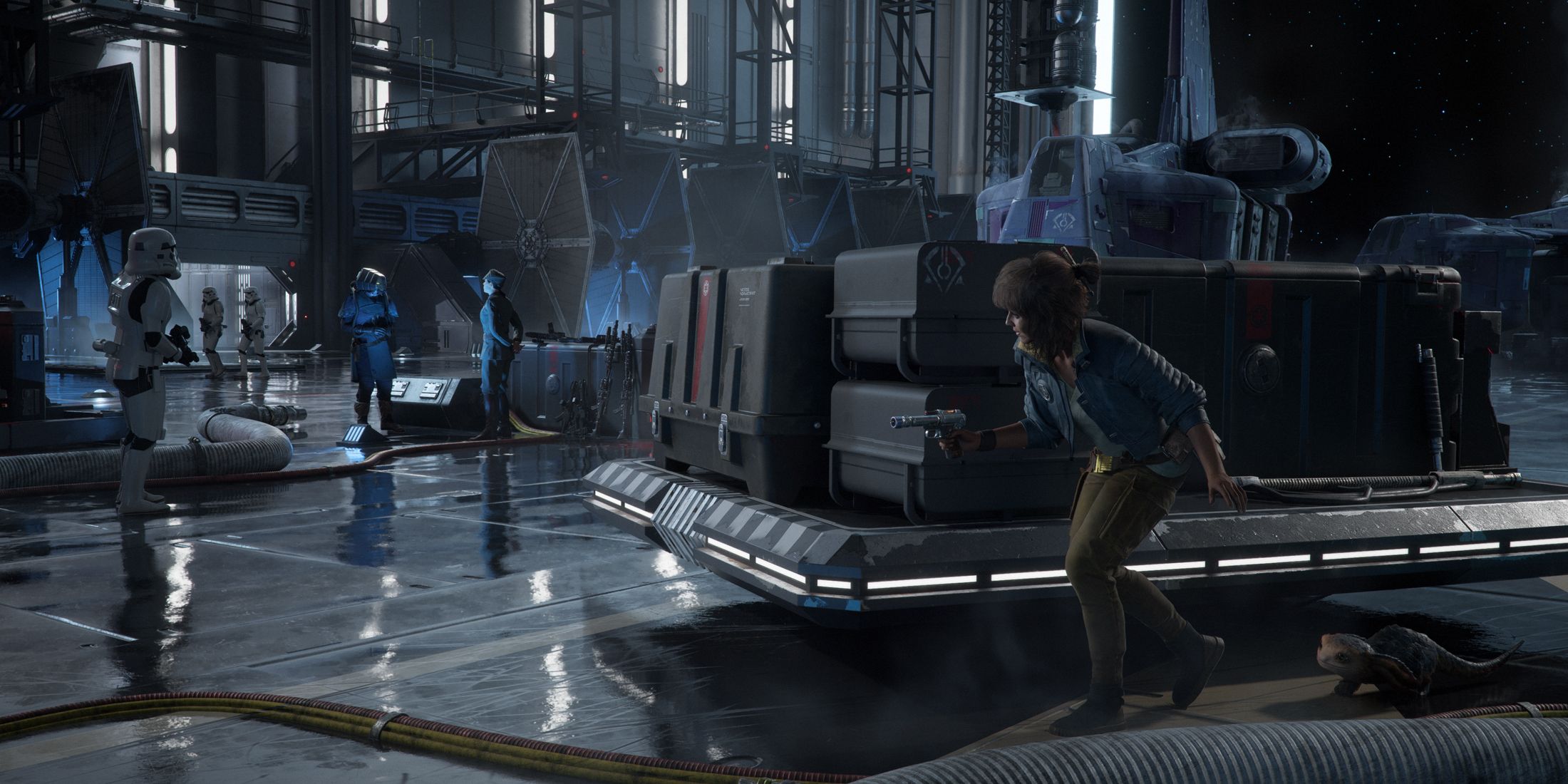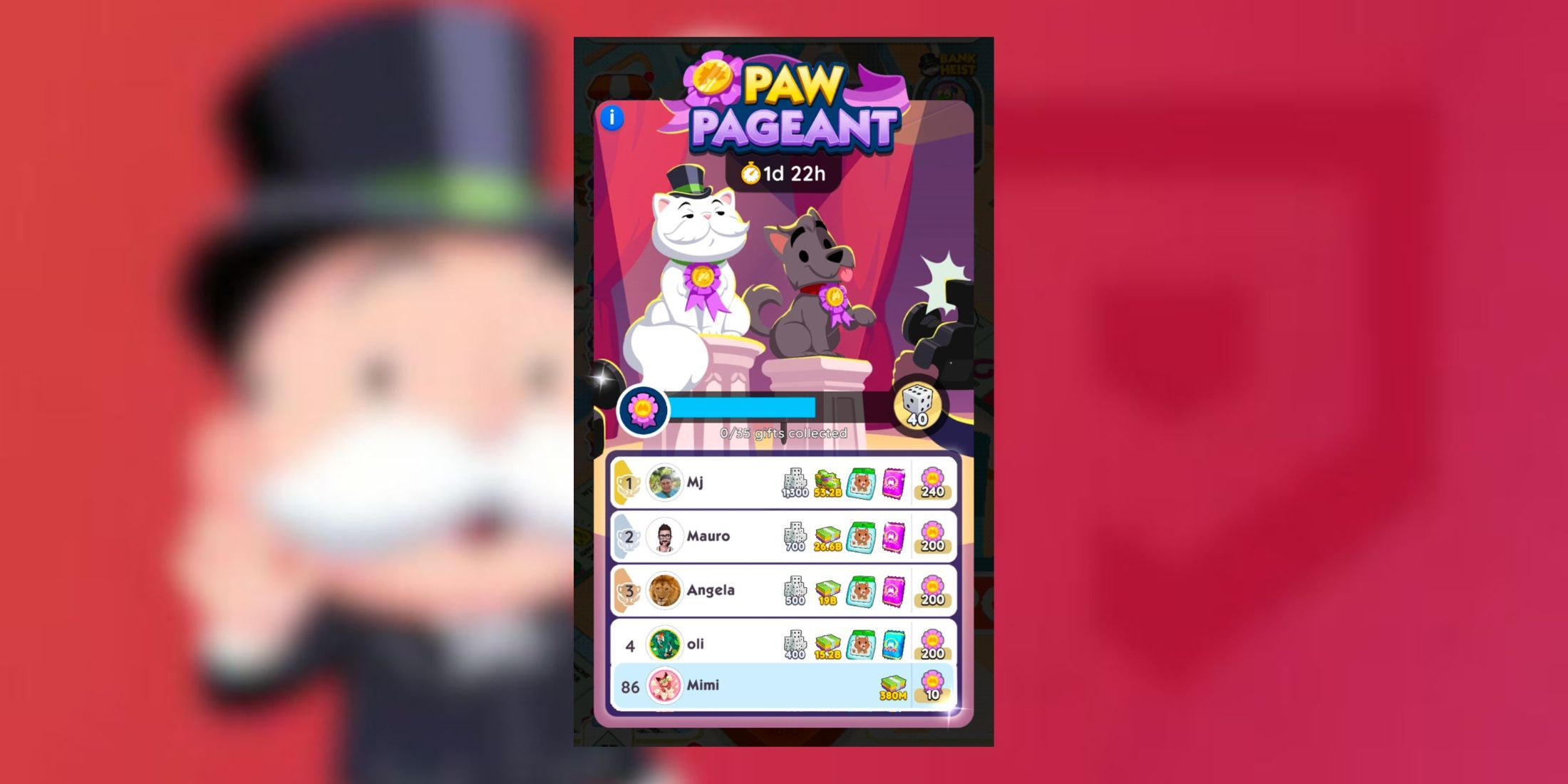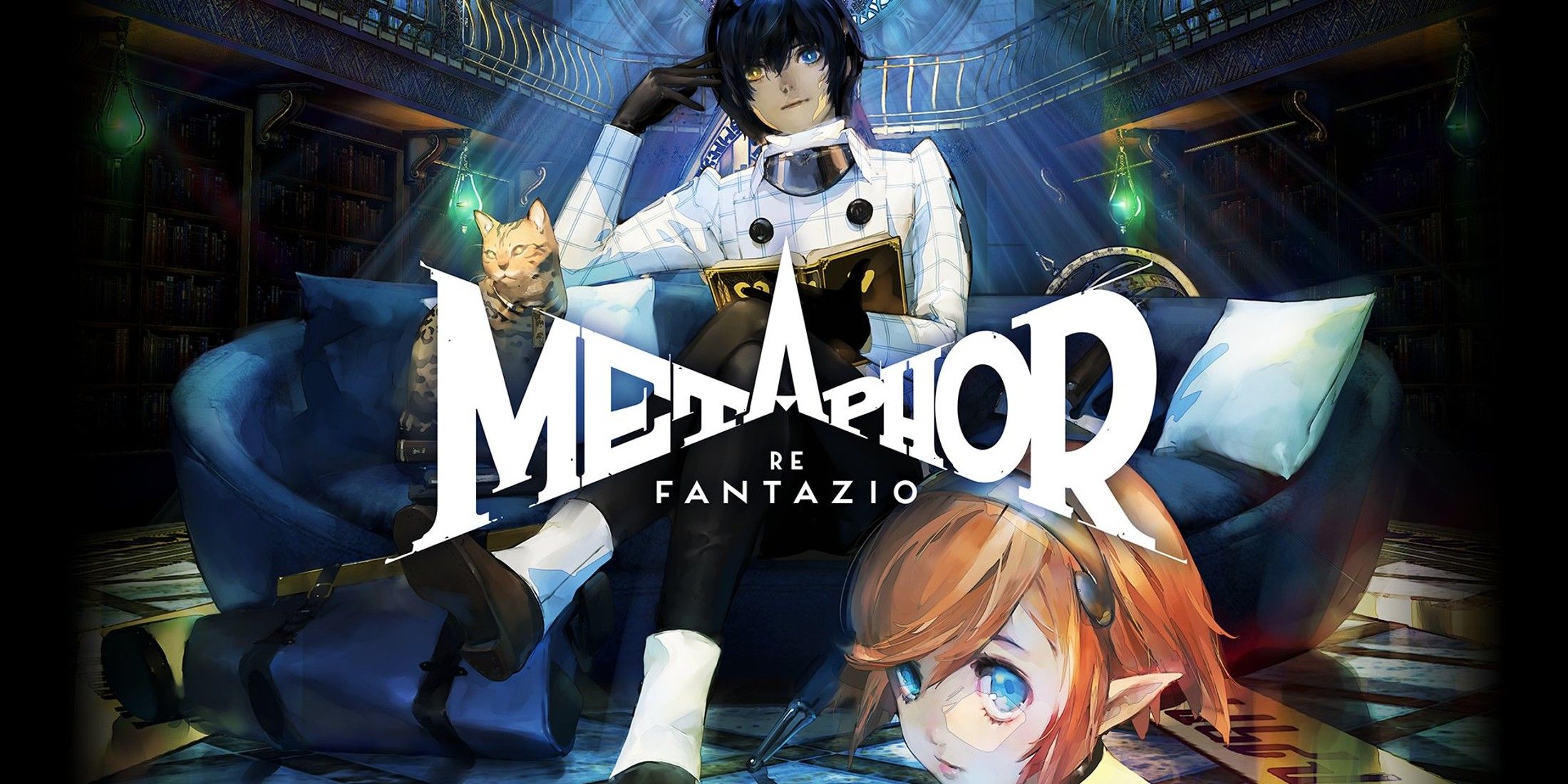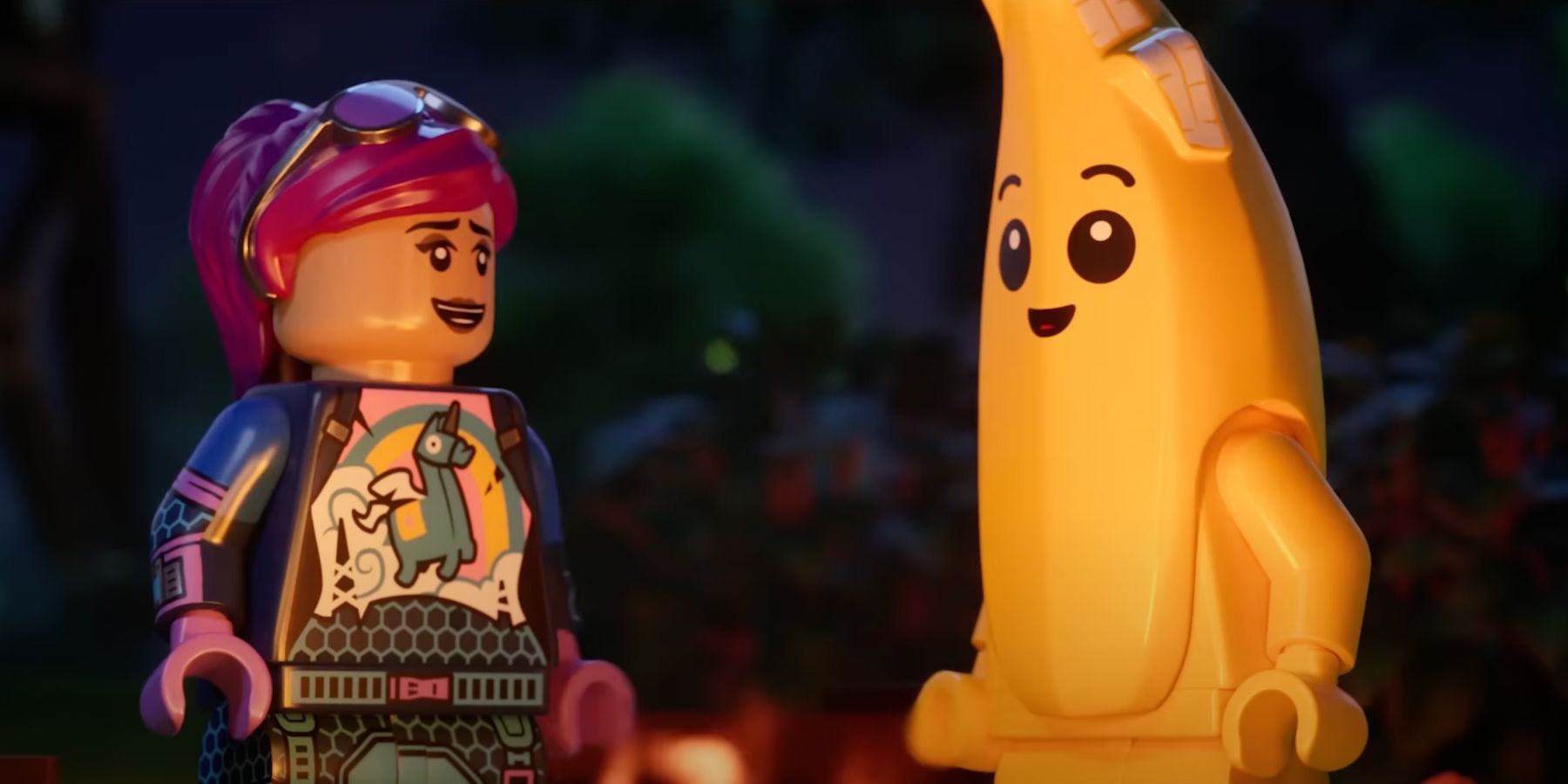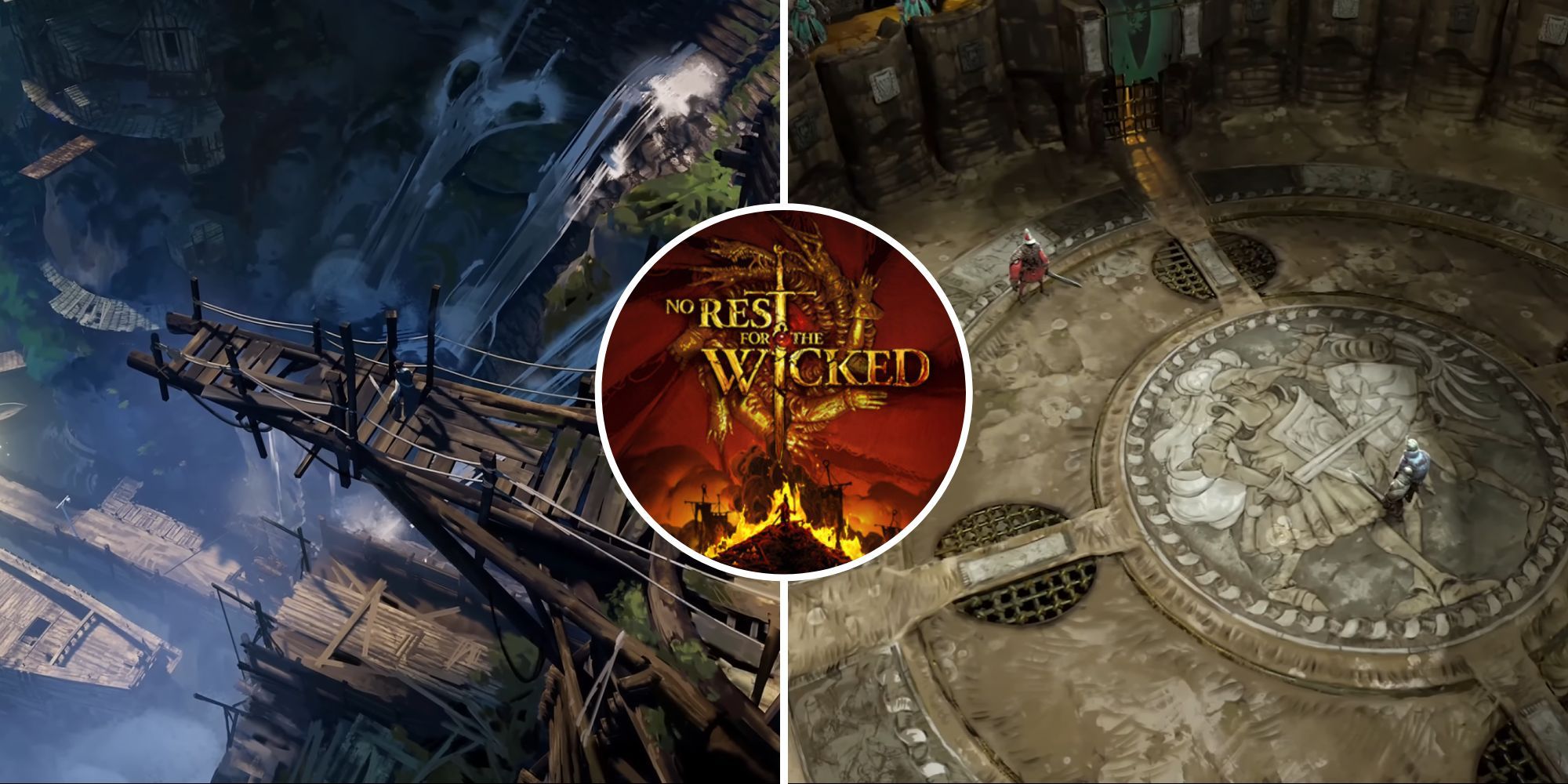Highlights
- The Legend of Zelda: Tears of the Kingdom adds new layers of mystery to the enigmatic Leviathans, rather than clearing things up, continuing the game’s skillful world-building.
- The Leviathans have potentially featured in earlier Zelda games, given similarities to creatures like the Wind Fish in Link’s Awakening and Lord Jabu-Jabu in Ocarina of Time.
- The inclusion of Leviathan skeletons in Breath of the Wild suggests the race has become extinct, and Tears of the Kingdom deepens the mystery with more skeletons and hints at their history and descendants.
Though players might have hoped to learn about the Leviathans in The Legend of Zelda: Tears of the Kingdom, their continuing mystery surrounding where they came from, what they were, and how they died is one example of many of the game’s skillful world-building. Despite what could potentially be multiple references and appearances in earlier Zelda games, Breath of the Wild was arguably the first game to explicitly feature the Leviathan race, though only with three of their skeletal remains. But even as a direct sequel, The Legend of Zelda: Tears of the Kingdom added new layers to this mystery rather than trying to clear things up.
While Tears of the Kingdom expanded on a wide variety of things Breath of the Wild had established, the choice to specifically leave players as much in the dark about the Leviathans as they were in the first game was a good one. With Tears of the Kingdom‘s use of the Zonai and the focus on Hyrule’s forgotten history that led to Ganondorf’s imprisonment, a subplot dedicated to the Leviathans might have overcrowded the main story. Yet the few details that players can learn through another side quest investigating “colossal fossils,” Tears of the Kingdom brings an enigmatic depth to the game’s already mysterious history.
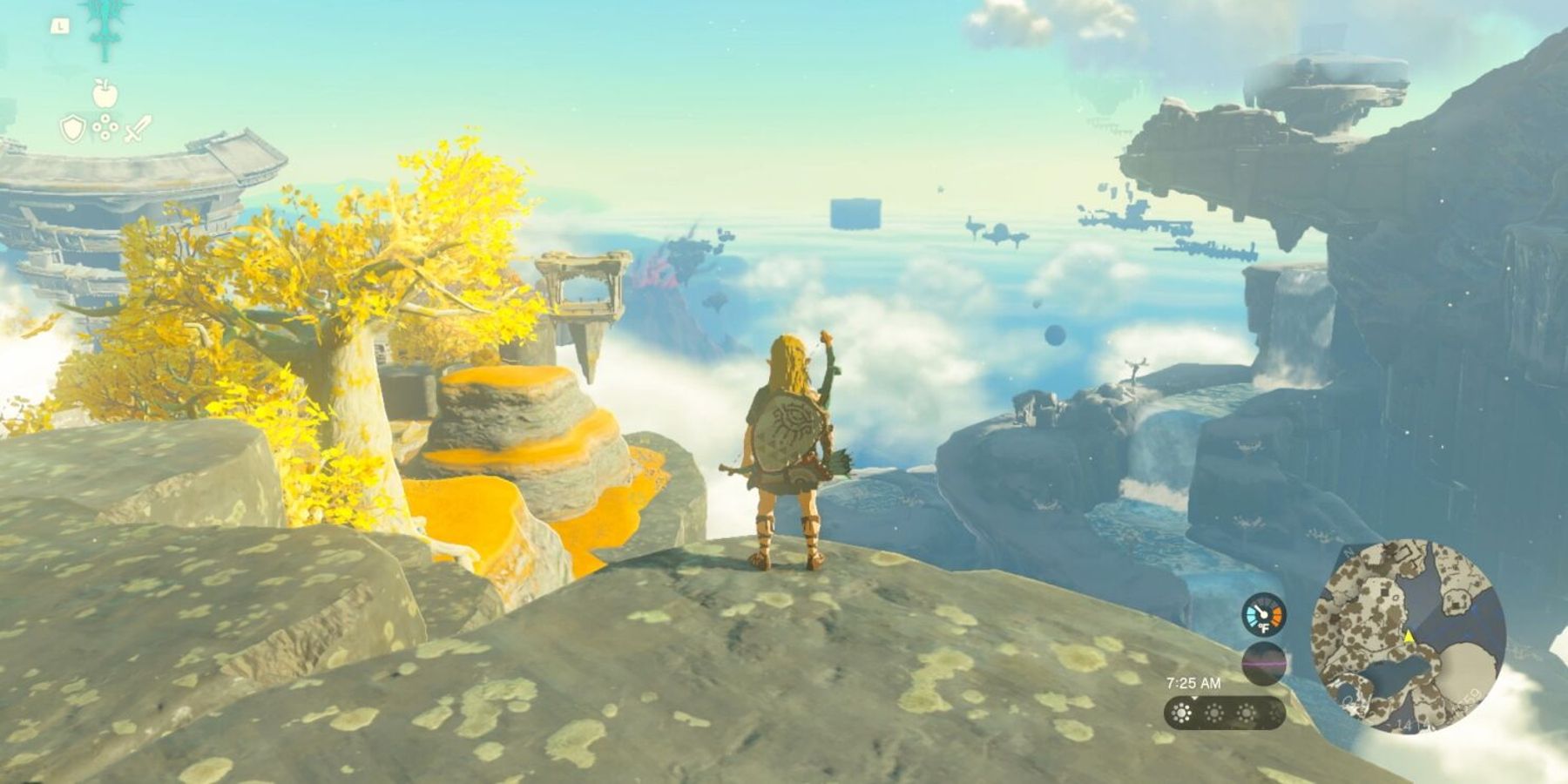
Zelda: Tears of the Kingdom is a Master Class in Open-World Design
Following in the footsteps of its predecessor, which cast a large shadow, Zelda: Tears of the Kingdom is a great example of an open world done right.
The Legend of Zelda and its Mysterious Leviathans
Leviathans Have Potentially Featured in Earlier Zelda Games
Before Breath of the Wild and Tears of the Kingdom, the Leviathans have been referenced or even potentially appeared in older Zelda games, though some examples may only be motivated by fan theories connecting the dots of Zelda‘s complex timeline. The Leviathans seem to be giant aquatic animals like whales or fish, and though they may be deified, they are not immortal like actual deities. However, despite many potential Leviathans playing essential roles in their respective games per the table below, players have not been able to confirm much about the recurring race.
|
The Legend of Zelda Game |
Potential Leviathan Appearances: |
|---|---|
|
Link’s Awakening |
|
|
Ocarina of Time and Oracle of Ages |
|
|
Majora’s Mask 3D |
|
|
Wind Waker |
|
|
Phantom Hourglass |
|
|
Skyward Sword |
|
Leviathan Skeletons in Zelda: Breath of the Wild
Given that Breath of the Wild is intended to serve as an endpoint for Zelda‘s multiple branching timelines, the inclusion of Leviathan skeletons suggests that the race has since become extinct. Located in some of the more extreme regions of Hyrule, two of the skeletons might still be considered sacred due to their vicinity to nearby shrines or Great Fairy Fountains. There is very little that can be learned about these Leviathan remains in Breath of the Wild, though the side quest Leviathan Bones does bring the player’s attention to them and suggests that the game’s characters know virtually nothing about them.
Leviathan Fossils in Zelda: Tears of the Kingdom
Though the introduction of sky islands and cave systems in Breath of the Wild‘s sequel presented an opportunity to learn more about these skeletons, Tears of the Kingdom maintains the mystery around the Leviathans. However, a three-part Colossal Fossil side quest that visits each previous skeleton location from Breath of the Wild sheds new light on the Leviathans, as Link’s Ultrahand and Fuse abilities are used to reassemble the Leviathans’ remains. While offering players a better perspective on how the Leviathans might have looked, the game’s quest-giver, Loone, has some interesting dialogue that potentially ties to previous Zelda games.
Despite being completely theoretical on Loone’s part, they refer to the third complete fossil as a “Leviathan child,” which appears to confirm that Leviathans could have descendants and could be physically smaller. Additionally, though Ganondorf can reanimate other skeletal Stal enemies, he never interferes with these three skeletons, perhaps suggesting that they are beyond his power as once divine creatures. The Leviathan mystery deepened with Tears of the Kingdom‘s Depths, with even larger “dark” skeletons appearing underground. Three Hebra, Eldin, and Gerudo skeletons were locations for parts of the Armor of the Wild set.
Tears of the Kingdom provides no further clarification about the Leviathans’ remains, even adding new complications with more skeletons appearing in a monster and gloom-infested domain. While Tears of the Kingdom explored part of Hyrule’s past that potentially dated back to Skyward Sword, the Leviathans remain a mystery that seems as interwoven into the kingdom’s history as the Zonai or Sheikah were. The even more secretive Leviathan history that these skeletons allude to are excellent examples of environmental storytelling and world-building, ultimately teasing players that there will always be more to learn about Zelda and mysteries that may never be solved.
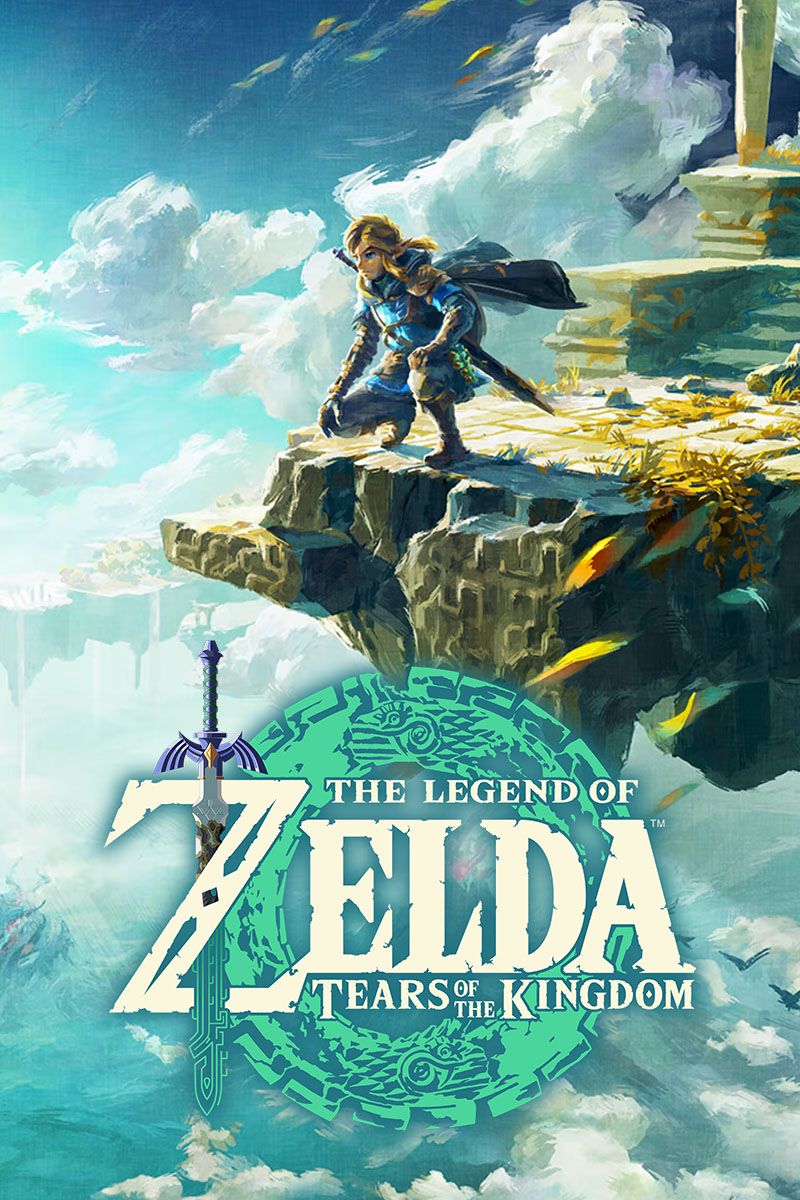
- Released
- May 12, 2023
- Developer(s)
- Nintendo
- Publisher(s)
- Nintendo
- Genre(s)
- Adventure
- ESRB
- Rated E for Everyone 10+ for Fantasy Violence and Mild Suggestive Themes
- How Long To Beat
- 59 Hours
- Metascore
- 96
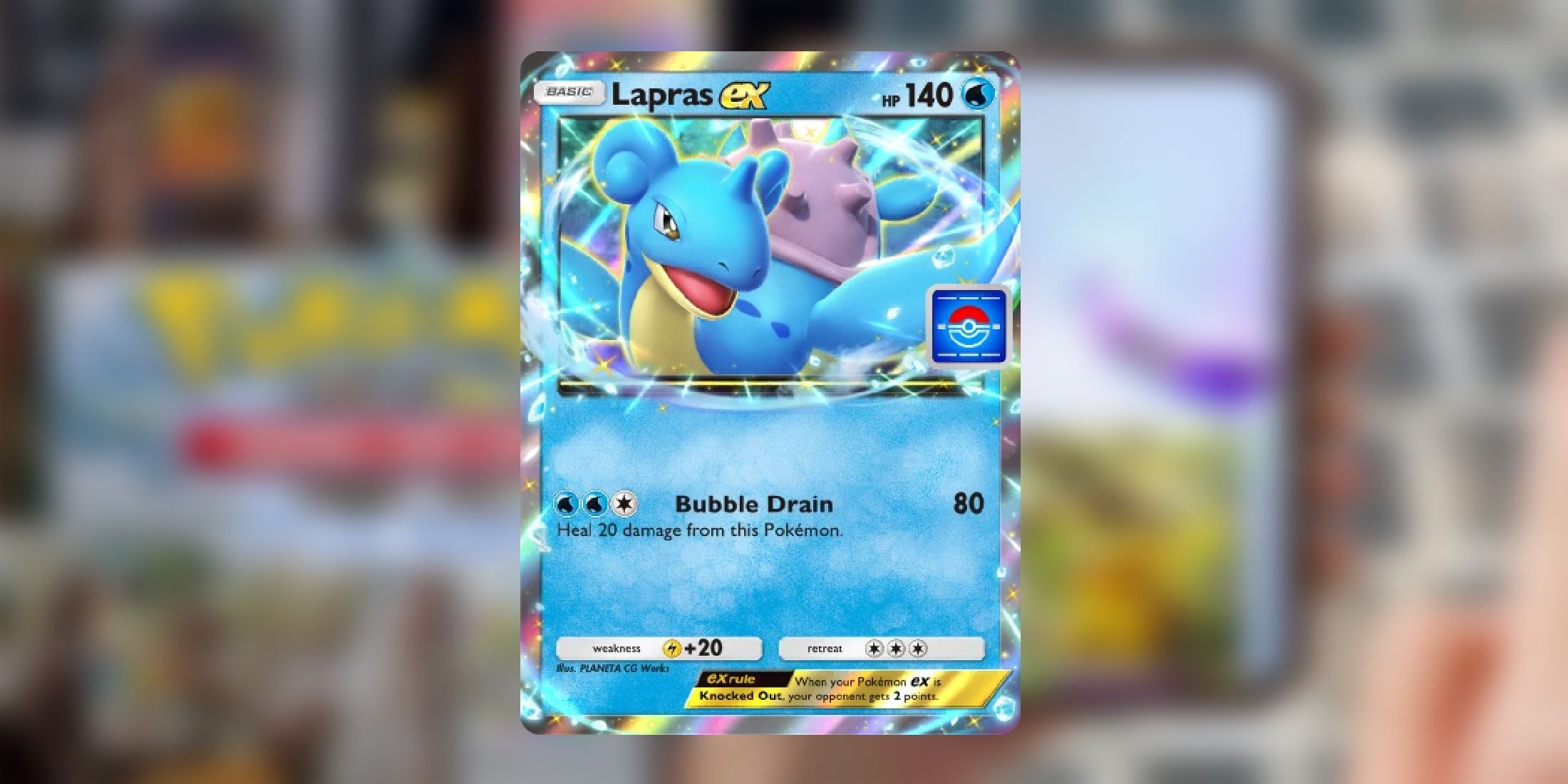
/cdn.vox-cdn.com/uploads/chorus_asset/file/23982723/acastro_STK004_01.jpg)
